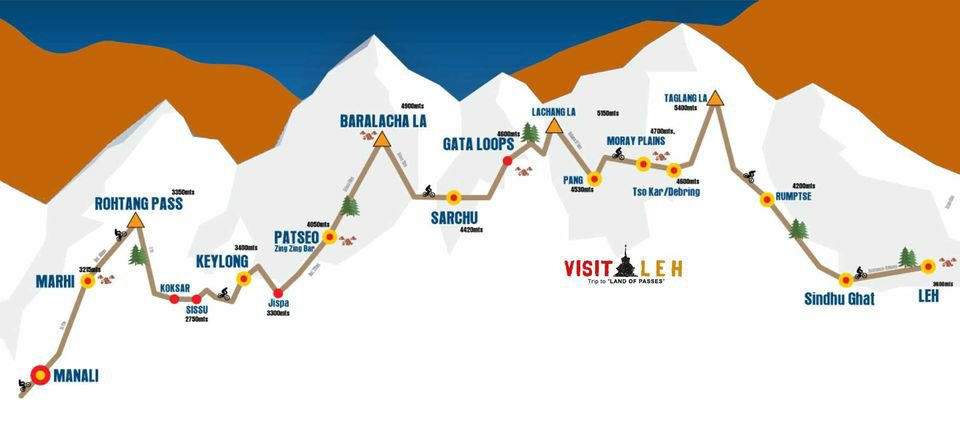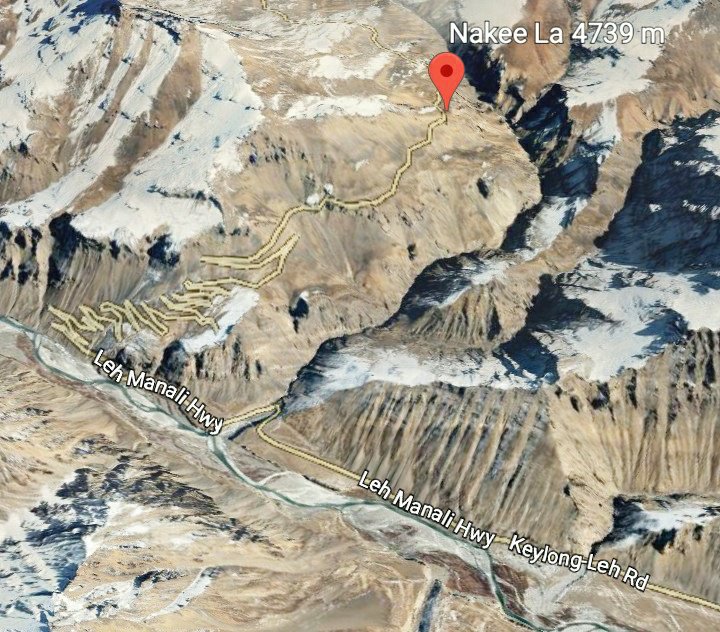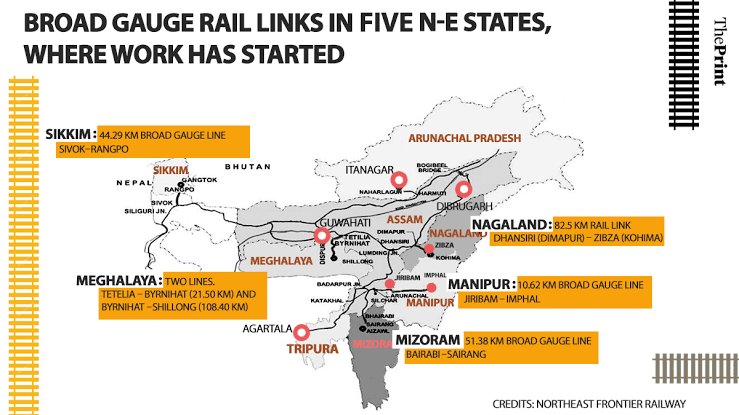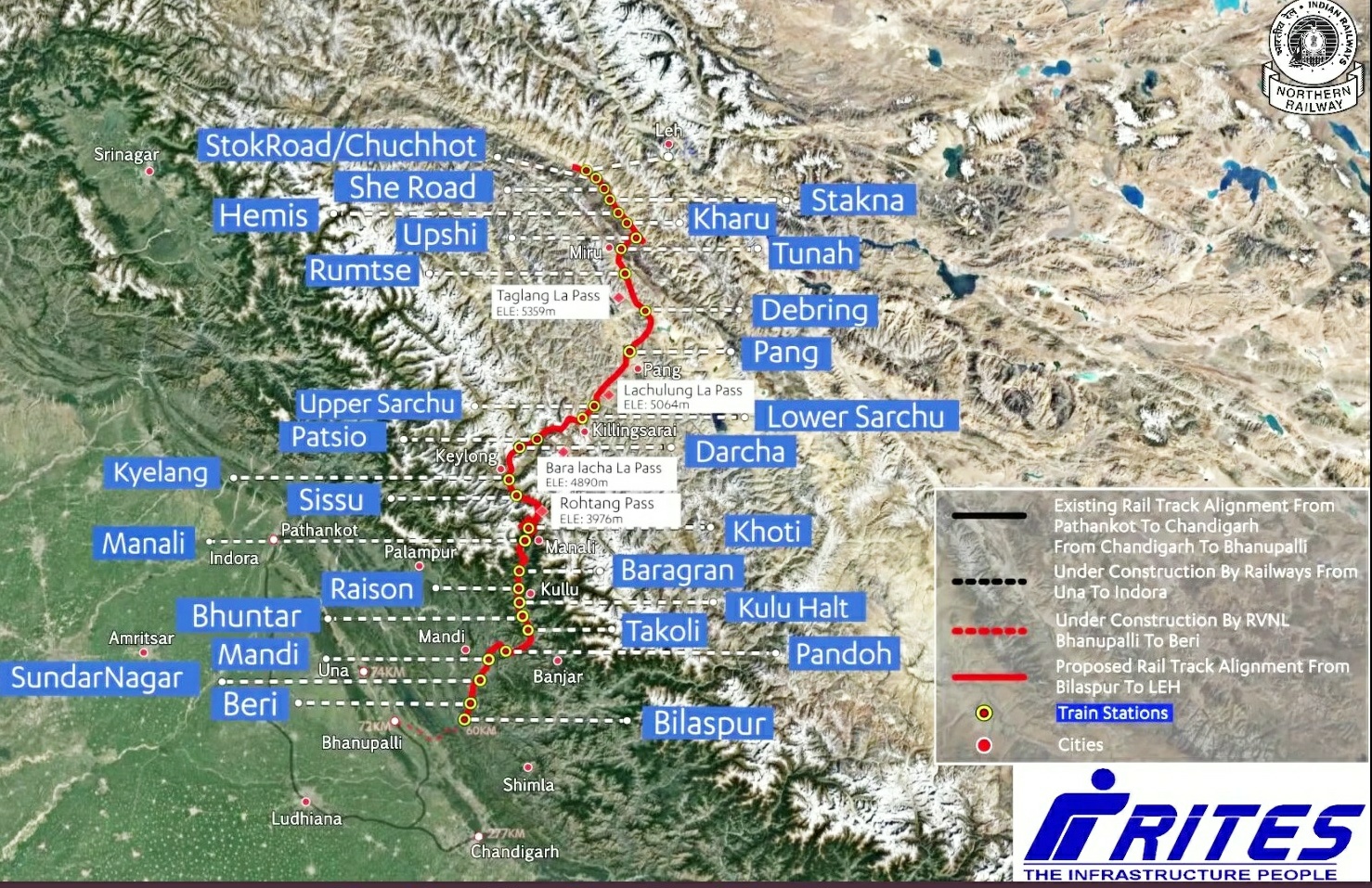Bilaspur-Manali-Leh Rail-link: Northern Railway’s consultation
This methodology has wider applicability and can be adopted for building lines in almost all regions of Himalayas
The Railway Board should create a base of knowledge and skills needed for building lines in the challenging terrain of Himalayas and that the system of engaging foreign consultants has not worked so far.
Alok Kumar Verma, IRSE (Rtd)
On 24.09.20, I posted my views on the alignment which Railway Board has approved for carrying out Final Location Survey for the proposed Bilaspur-Manali-Leh railway line.
Soon thereafter, on 28.09.20, Chief Engineer, Northern Railway incharge of the above survey came to my residence with five other engineers to discuss the alignment and sought my suggestions.

It was in the midst of the Caronavirus Pandemic so we discussed the matter in a nearby conference room facility where we could keep necessary social distancing.
The discussion that day stretched over about seven hours.
That day they also gave me a presentation on their alignment and later sent me detailed alignment maps and other documents which I wanted to examine further before I could formulate my suggestions.
I sent my suggestions on 12.10.20 by email.
Before I made the aforesaid post on the alignment on 24.09.20, I spent about two months to examine the entire 460 km long alignment and familiarised myself with the terrain and geology of the region and technical issues that would be involved in survey, design, and construction of a railway line at such high altitude of 3,000 to 5,000 m above MSL.
Another important issue concerns the health effects of engagement in construction of tunnels, bridges and embankments/cuttings, and other components of the line infrastructure at these high elevations.
I have tried to cover all the above issues atleast briefly in my suggestions.
I have one more observation for Railway Board which I am making now.
Indian Railway must quickly create a base of knowledge and skills concerning survey, design and construction that are needed for building railway lines in the uniquely challenging terrain of the Himalayas.
The present reliance on foreign consultants has serious limitations.
This I have seen in about fifteen years of my extensive involvement with the ongoing seven new line projects of Indian Railways in the Himalayas in Kashmir, Uttarakhand and the North East states.
“Indian Railways should give up its dependence on foreign consultants for building railway lines in the uniquely challenging Himalayan terrain”
There are two main reasons for this-
The first is the unique terrain and geology of Himalayas which is quite unlike the other major mountain ranges of the world.
The second reason is our tendering system which rewards the party which quotes the lowest cost for their services. If a foreign consultant were to really study everything in detail with adequate site visits and put it’s best engineers on the job their cost would be very high.
Due to the above factors, Indian Railway has not been able to bring the best consultants for the job, and this is the main reason why so many problems have been faced on the abovementioned projects in the Himalayas.
Particularly in regard to preparing the alignment and design of unique structures like the mega arch bridges, record height beam-girder bridges, huge cuttings and tunnels.
Invariably these structures were located in highly stratified rocks near the geological fault lines and other discontinuities and are also exposed to the various other geohazards which are present in the regions of Himalayas where the lines are being built.
The most important phase of construction is ofcourse the part concerning survey and preparation of alignment. With a good alignment many of the aforesaid problems can be overcome to a large extent.
In 2005-08, I had developed a new alignment methodology for building the Kashmir Rail Link, which the Sreedharan Committee had unanimously recommended in 2015 should be adopted in place of the existing alignment.

This methodology has wider applicability and can be adopted for building lines in almost all regions of Himalayas.
The Sreedharan Committee had also made mention of the wider applicability of my alignment methodology developed in its report on the Kashmir Rail Link.

If anyone have any questions, please feel free to ask to Mr Verma.
#NorthenRailway #RailwayBoard #CRB #BilaspurManaliLehRailLink


